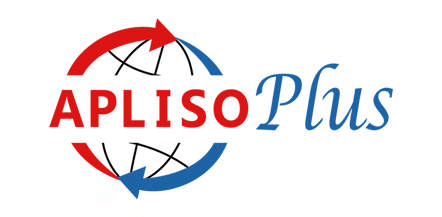What is ISO 45001?
ISO 45001 sets the framework for Occupational Health and Safety Management Systems. It helps reduce workplace risks and improve employee safety.
Why is it Important?
Safety isn’t just about compliance; it’s about fostering a culture of proactive safety. ISO 45001 enables organisations to embed safety into their operations, enhancing employee wellbeing and productivity.
Benefits
- Reduced workplace incidents
- Improved employee wellbeing
- Enhanced organisational reputation
- Compliance with legal requirements

How to Implement ISO 45001
Conduct a Gap Analysis to identify safety hazards and compliance gaps. Develop and implement an OH&S management system tailored to your business needs.
Who needs it
Health and Safety is vital for any workforce or any visitor to your business premises. Not only from the point of view of prevention liability claims but also ensuring engaged and committed employees can work safely and productively. Therefore any business that has a work environment where injury or accidents are a risk, should be implementing a Health and Safety Management System.
Common Challenges
Implementing ISO 45001 often presents challenges such as a lack of management commitment, low employee engagement, and resistance to change. Organisations may struggle with properly identifying hazards, integrating the system with existing processes, and ensuring consistent training. Additionally, maintaining legal compliance, managing documentation, and fostering a strong safety culture can be difficult without clear leadership and ongoing monitoring. Overcoming these obstacles requires strong leadership, effective communication, and active participation at all levels.
How APLISO-Plus Can Help you Prioritise People and Reduce Risk
APLISO-Plus manages policies, training logs, and incident reporting. Our consultants implement a tailored OH&S system, providing real-time dashboards to track safety performance and maintain legal compliance.
Start Improving Safety Performance Now


Frequently Asked Questions
1. How does ISO 45001 help improve workplace safety?
ISO 45001 provides a structured framework for identifying, assessing, and reducing workplace health and safety risks. It emphasizes proactive hazard identification, employee participation, and continuous improvement, helping organizations create safer working environments and reduce incidents.
2. Is ISO 45001 suitable for all types of industries and workplaces?
Yes, ISO 45001 is designed to be flexible and applicable to organizations of all sizes and sectors — from offices and retail to construction and manufacturing. It can be tailored to the specific risks and needs of each workplace.
3. What role do employees play in an ISO 45001-based system?
Employee involvement is central to ISO 45001. The standard requires organizations to actively engage workers in identifying hazards, reporting incidents, and participating in safety committees or improvement initiatives. This inclusion leads to better safety culture and more effective risk control.










































